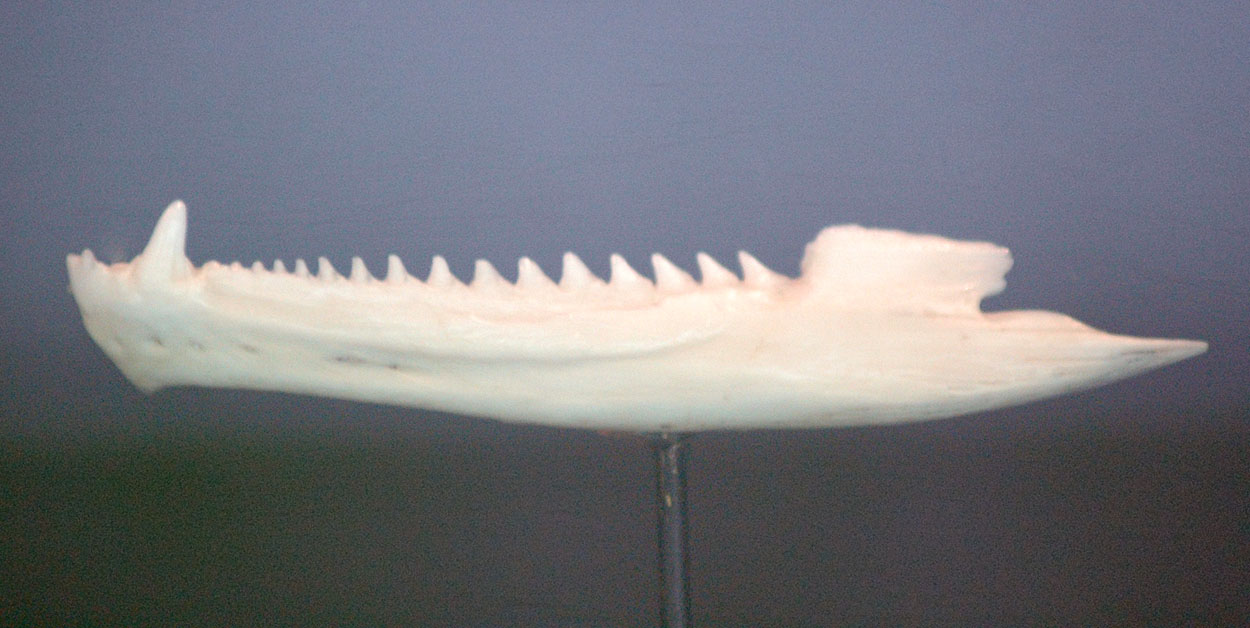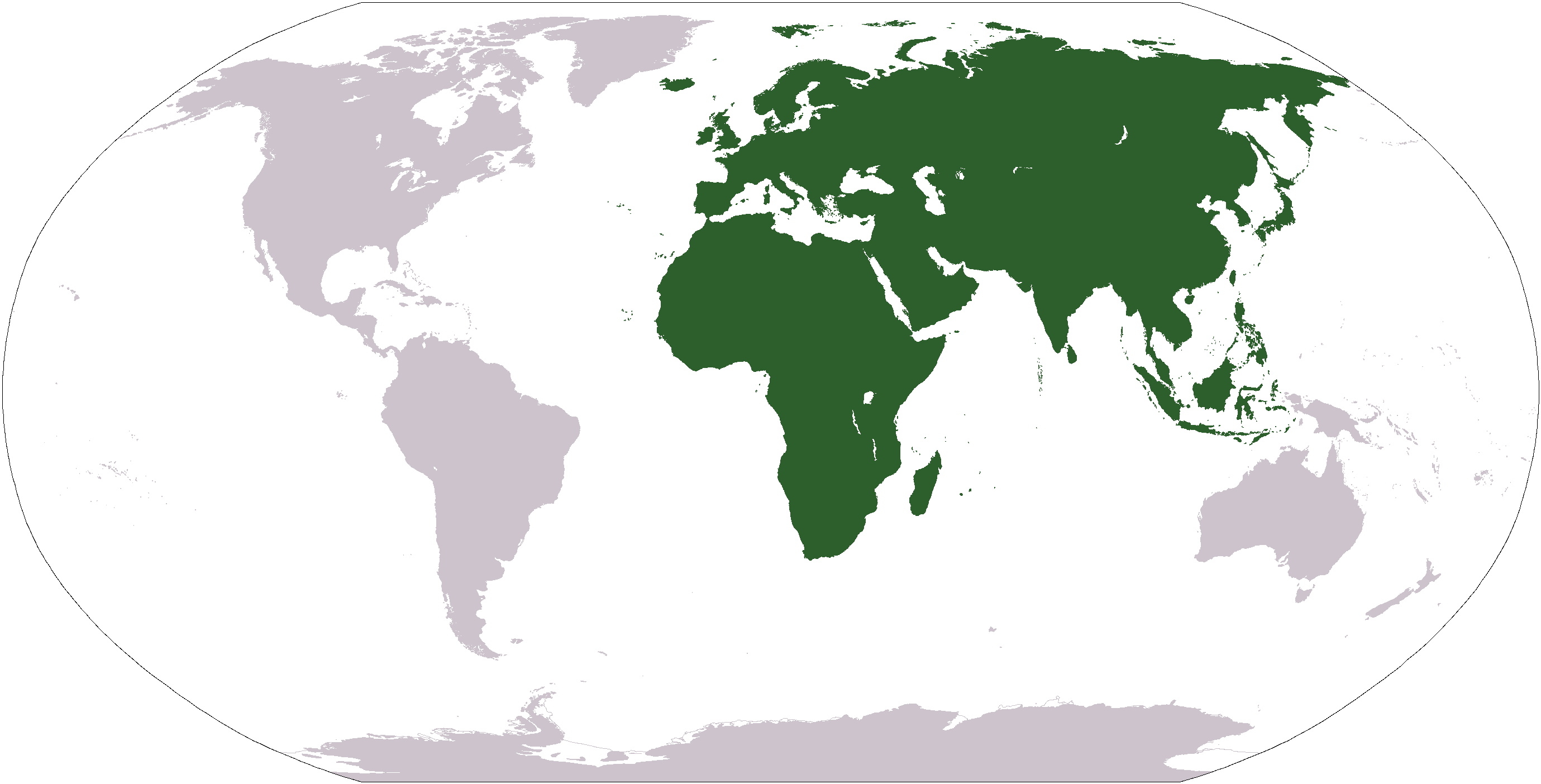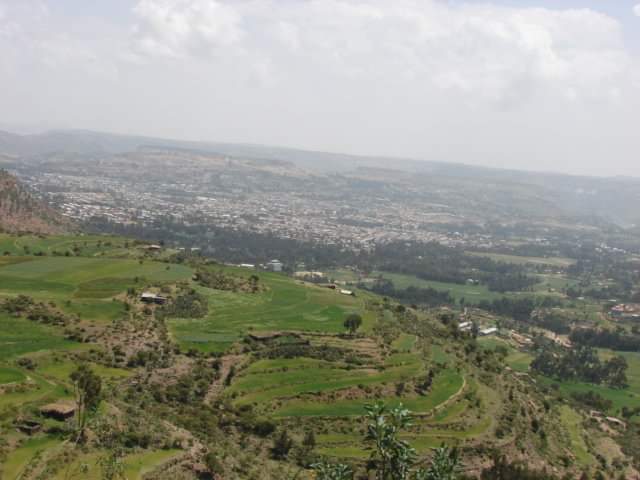|
Agamids
Agamidae is a family containing 582 species in 64 genera of iguanian lizards indigenous to Africa, Asia, Australia, and a few locations in Southern Europe. Many species are commonly called dragons or dragon lizards. Overview Phylogenetically, they may be sister to the Iguanidae, and have similar appearances. Agamids usually have well-developed, strong legs. Their tails cannot be shed and regenerated like those of geckos (and several other families such as skinks), though a certain amount of regeneration is observed in some. Many agamid species are capable of limited change of their colours to regulate their body temperature. In some species, males are more brightly coloured than females, and colours play a part in signaling and reproductive behaviours. Although agamids generally inhabit warm environments, ranging from hot deserts to tropical rainforests, at least one species, the mountain dragon, is found in cooler regions. They are particularly diverse in Australia. This gro ... [...More Info...] [...Related Items...] OR: [Wikipedia] [Google] [Baidu] |
Mwanza Flat-headed Rock Agama
The Mwanza flat-headed rock agama (''Agama mwanzae'') or the Spider-Man agama, because of its coloration, is a lizard reptile in the family Agamidae, found in Tanzania, Rwanda, and Kenya. It lives in semideserts and can often be seen in the heat of the day basking on rocks or ''kopjes''. The male's head, neck, and shoulders are bright red or violet, while the body is dark blue. The female is mostly brown and is difficult to distinguish from female agamas of other species. This lizard is often confused with the red-headed rock agama (''Agama agama''). Males preferably have around five breeding partners and are highly territorial. Once a male has won over a female, the lizard performs exotic head bobs and head swinging to court her. The species has become a fashionable pet due to the male's coloration, which resembles the comic-book superhero Spider-Man Spider-Man is a superhero in American comic books published by Marvel Comics. Created by writer-editor Stan Lee and artis ... [...More Info...] [...Related Items...] OR: [Wikipedia] [Google] [Baidu] |
Acrodont
Acrodonty (from Greek ''akros'' 'highest' + ''odont-'' 'tooth') is an anatomical placement of the teeth at the summit of the alveolar ridge of the jaw, without sockets, characteristic of bony fish. Functionally, acrodont tooth implantation may be related to greater bite force. However, this result is not supported when size and phylogeny is taken into account. Examples Squamata Within squamate reptiles, acrodont tooth implantation is best known in Acrodonta and some species of amphisbaenians, though some snakes are also referred to as being acrodont. Acrodonta is unique in that the name of the clade is based upon this trait. Most other squamate reptiles have pleurodont dentition, though some snakes are occasionally described as having acrodont dentition. Rhynchocephalia Acrodont tooth implantation is common within Rhynchocephalia, including '' Sphenodon''. Amphibia Acrodont tooth implantation also present in some frogs and the temnospondyl Temnospondyli (from Greek l ... [...More Info...] [...Related Items...] OR: [Wikipedia] [Google] [Baidu] |
New World
The term "New World" is used to describe the majority of lands of Earth's Western Hemisphere, particularly the Americas, and sometimes Oceania."America." ''The Oxford Companion to the English Language'' (). McArthur, Tom, ed., 1992. New York: Oxford University Press, p. 33: "[16c: from the feminine of ''Americus'', the Latinized first name of the explorer Amerigo Vespucci (1454–1512). The name ''America'' first appeared on a map in 1507 by the German cartographer Martin Waldseemüller, referring to the area now called Brazil]. Since the 16th century, the term "New World" has been used to describe the Western Hemisphere, often referred to as the Americas. Since the 18th century, it has come to represent the United States, which was initially colonial British America until it established independence following the American Revolutionary War. The second sense is now primary in English: ... However, the term is open to uncertainties: ..." The term arose in the early 16th ... [...More Info...] [...Related Items...] OR: [Wikipedia] [Google] [Baidu] |
Madagascar
Madagascar, officially the Republic of Madagascar, is an island country that includes the island of Madagascar and numerous smaller peripheral islands. Lying off the southeastern coast of Africa, it is the world's List of islands by area, fourth largest island, the List of island countries, second-largest island country, and the List of countries and dependencies by area, 46th largest country overall. Its capital and List of cities in Madagascar, largest city is Antananarivo. Following the prehistoric breakup of the supercontinent Gondwana, Madagascar split from Africa during the Early Jurassic period, around 180 million years ago, and separated from the Indian subcontinent approximately 90 million years ago. This isolation allowed native plants and animals to evolve in relative seclusion; as a result, Madagascar is a biodiversity hotspot and one of the world's 17 megadiverse countries, with over 90% of its wildlife of Madagascar, wildlife being endemic. The island has ... [...More Info...] [...Related Items...] OR: [Wikipedia] [Google] [Baidu] |
Old World
The "Old World" () is a term for Afro-Eurasia coined by Europeans after 1493, when they became aware of the existence of the Americas. It is used to contrast the continents of Africa, Europe, and Asia in the Eastern Hemisphere, previously thought of by the Europeans as comprising the entire world, with the "New World", a term for the newly encountered lands of the Western Hemisphere, particularly the Americas. Etymology In the context of archaeology and world history, the term "Old World" includes those parts of the world which were in (indirect) cultural contact from the Bronze Age onwards, resulting in the parallel development of the early civilizations, mostly in the temperate zone between roughly the 45th and 25th parallels north, in the area of the Mediterranean, including North Africa. It also included Mesopotamia, the Persian plateau, the Indian subcontinent, China, and parts of Sub-Saharan Africa. These regions were connected via the Silk Road trade route, and ... [...More Info...] [...Related Items...] OR: [Wikipedia] [Google] [Baidu] |
Mitochondrial DNA
Mitochondrial DNA (mtDNA and mDNA) is the DNA located in the mitochondrion, mitochondria organelles in a eukaryotic cell that converts chemical energy from food into adenosine triphosphate (ATP). Mitochondrial DNA is a small portion of the DNA contained in a eukaryotic cell; most of the DNA is in the cell nucleus, and, in plants and algae, the DNA also is found in plastids, such as chloroplasts. Mitochondrial DNA is responsible for coding of 13 essential subunits of the complex oxidative phosphorylation (OXPHOS) system which has a role in cellular energy conversion. Human mitochondrial DNA was the first significant part of the human genome to be sequenced. This sequencing revealed that human mtDNA has 16,569 base pairs and encodes 13 proteins. As in other vertebrates, the human mitochondrial genetic code differs slightly from nuclear DNA. Since animal mtDNA evolves faster than nuclear genetic markers, it represents a mainstay of phylogenetics and evolutionary biology. It als ... [...More Info...] [...Related Items...] OR: [Wikipedia] [Google] [Baidu] |
Agame Canon Lodge Namibia
Agame () is a province in northern Ethiopia. It includes the northeastern corner of Tigray, borders the Eritrean province of Akele Guzai in the north, Tembien, Kalatta Awlalo and Enderta in the south, and the Afar lowlands in the east. This province of Agame consists of the famous Debre Dammo monastery and the city of Adigrat. In pre-1991, Agame had a total area of about with an estimated population of 344,800. History 980 BC – 940 AD Agame is one of the oldest regions of Ethiopia, being part of the Kingdom of D'mt in northern Ethiopia and Eritrea that would develop into the Kingdom of Aksum. It was a main center of Aksumite culture (second only to Central Tigray, where the capital was located), with a distinct sub-culture that separated the two regions from that of Central Tigray (Axum, Adwa, & Yeha), Central Eritrea (Seraye, Hamasien, Akele Guzai and Adulis), and frontier areas in northern Eritrea. Agame is one of the very few place-names identified in the Adulis inscri ... [...More Info...] [...Related Items...] OR: [Wikipedia] [Google] [Baidu] |
Lizard - E
Lizard is the common name used for all squamate reptiles other than snakes (and to a lesser extent amphisbaenians), encompassing over 7,000 species, ranging across all continents except Antarctica, as well as most oceanic island chains. The grouping is paraphyletic as some lizards are more closely related to snakes than they are to other lizards. Lizards range in size from chameleons and geckos a few centimeters long to the 3-meter-long Komodo dragon. Most lizards are quadrupedal, running with a strong side-to-side motion. Some lineages (known as "legless lizards") have secondarily lost their legs, and have long snake-like bodies. Some lizards, such as the forest-dwelling '' Draco'', are able to glide. They are often territorial, the males fighting off other males and signalling, often with bright colours, to attract mates and to intimidate rivals. Lizards are mainly carnivorous, often being sit-and-wait predators; many smaller species eat insects, while the Komodo eats mamma ... [...More Info...] [...Related Items...] OR: [Wikipedia] [Google] [Baidu] |
Oviparous
Oviparous animals are animals that reproduce by depositing fertilized zygotes outside the body (i.e., by laying or spawning) in metabolically independent incubation organs known as eggs, which nurture the embryo into moving offsprings known as hatchlings with little or no embryonic development within the mother. This is the reproductive method used by most animal species, as opposed to viviparous animals that develop the embryos internally and metabolically dependent on the maternal circulation, until the mother gives birth to live juveniles. Ovoviviparity is a special form of oviparity where the eggs are retained inside the mother (but still metabolically independent), and are carried internally until they hatch and eventually emerge outside as well-developed juveniles similar to viviparous animals. Modes of reproduction The traditional modes of reproduction include oviparity, taken to be the ancestral condition, traditionally where either unfertilised oocytes or ... [...More Info...] [...Related Items...] OR: [Wikipedia] [Google] [Baidu] |
Arthropod
Arthropods ( ) are invertebrates in the phylum Arthropoda. They possess an arthropod exoskeleton, exoskeleton with a cuticle made of chitin, often Mineralization (biology), mineralised with calcium carbonate, a body with differentiated (Metamerism (biology), metameric) Segmentation (biology), segments, and paired jointed appendages. In order to keep growing, they must go through stages of moulting, a process by which they shed their exoskeleton to reveal a new one. They form an extremely diverse group of up to ten million species. Haemolymph is the analogue of blood for most arthropods. An arthropod has an open circulatory system, with a body cavity called a haemocoel through which haemolymph circulates to the interior Organ (anatomy), organs. Like their exteriors, the internal organs of arthropods are generally built of repeated segments. They have ladder-like nervous systems, with paired Anatomical terms of location#Dorsal and ventral, ventral Ventral nerve cord, nerve cord ... [...More Info...] [...Related Items...] OR: [Wikipedia] [Google] [Baidu] |
Diurnality
Diurnality is a form of plant and ethology, animal behavior characterized by activity during daytime, with a period of sleeping or other inactivity at night. The common adjective used for daytime activity is "diurnal". The timing of activity by an animal depends on a variety of environmental factors such as the temperature, the ability to gather food by sight, the risk of predation, and the time of year. Diurnality is a cycle of activity within a 24-hour period; cyclic activities called circadian rhythms are endogenous cycles not dependent on external cues or environmental factors except for a zeitgeber. Animals active during twilight are crepuscular, those active during the night are nocturnal and animals active at sporadic times during both night and day are cathemerality, cathemeral. Plants that open their flowers during the daytime are described as diurnal, while those that bloom during nighttime are nocturnal. The timing of flower opening is often related to the time at whic ... [...More Info...] [...Related Items...] OR: [Wikipedia] [Google] [Baidu] |







